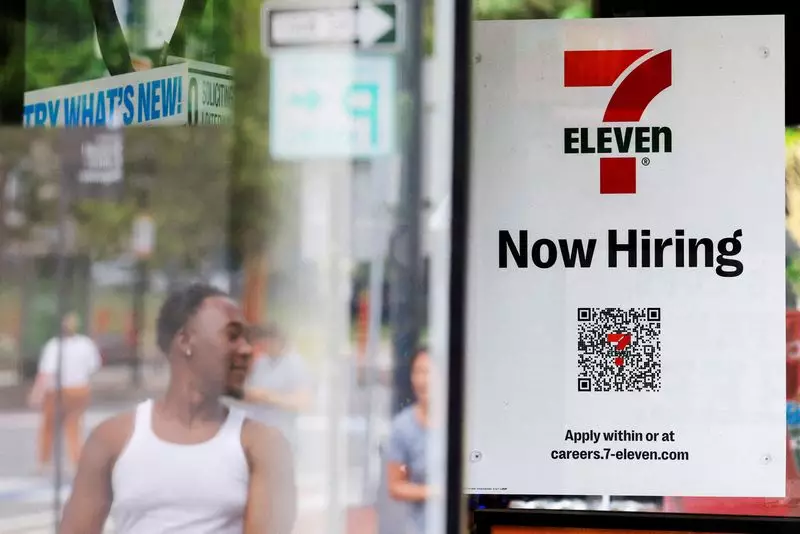The data from the Labor Department suggests that U.S. job growth is expected to slow in June, with economists predicting an increase of 190,000 jobs, down from the previous month’s surge of 272,000 jobs. This moderation in job growth, while still healthy, reflects a more sustainable pace that may help prevent an overheating of the economy. The unemployment rate is expected to hold steady at 4%, indicating that the job market remains robust, but not at a level that would lead to inflationary pressures.
The Federal Reserve has been closely monitoring job growth and inflation trends in order to determine the appropriate course of action regarding interest rates. The recent data showing slower job growth and easing inflationary pressures suggests that the Fed may have more leeway to cut rates later this year. This would be a reversal of the aggressive tightening policy that was implemented in recent years in response to higher inflation.
One of the challenges in analyzing employment data is the discrepancy between different sources of information. While the nonfarm payrolls data indicate solid job growth, the Quarterly Census of Employment and Wages (QCEW) paints a different picture, suggesting a slower pace of job creation. Economists have pointed out that the QCEW data may not capture all employment, particularly among undocumented immigrants, leading to potential underestimation of job growth.
Certain sectors, such as healthcare, leisure and hospitality, as well as state and local government education, have been driving job growth in recent months. These industries have been able to rebound to pre-pandemic levels, indicating a strong recovery. However, the pace of hiring in these sectors is expected to slow as businesses have already completed much of their re-staffing efforts. The Fed’s series of rate hikes aimed at curbing inflation have also had an impact on business formation and investment.
Despite the cooling labor market, wage growth remains sufficient to support consumer spending and economic growth. Average hourly earnings are forecast to rise in June, albeit at a slower pace compared to previous months. This moderate wage growth is seen as a positive sign for inflation control, as it aligns with the Fed’s 2% target. Economists are also pointing out the link between productivity growth and wage growth, suggesting that there is a balance between the two factors that could help prevent excessive inflation.
The current state of the U.S. job market indicates a healthy level of employment growth, albeit at a slower pace compared to previous months. The data suggests that the economy is on a sustainable path, with no immediate risk of recession. The implications for the Federal Reserve include a possible cut in interest rates later this year, as inflationary pressures ease. Despite challenges in data collection and industry-specific trends, the overall outlook for the labor market remains positive, with wage growth supporting consumer spending and economic expansion.

